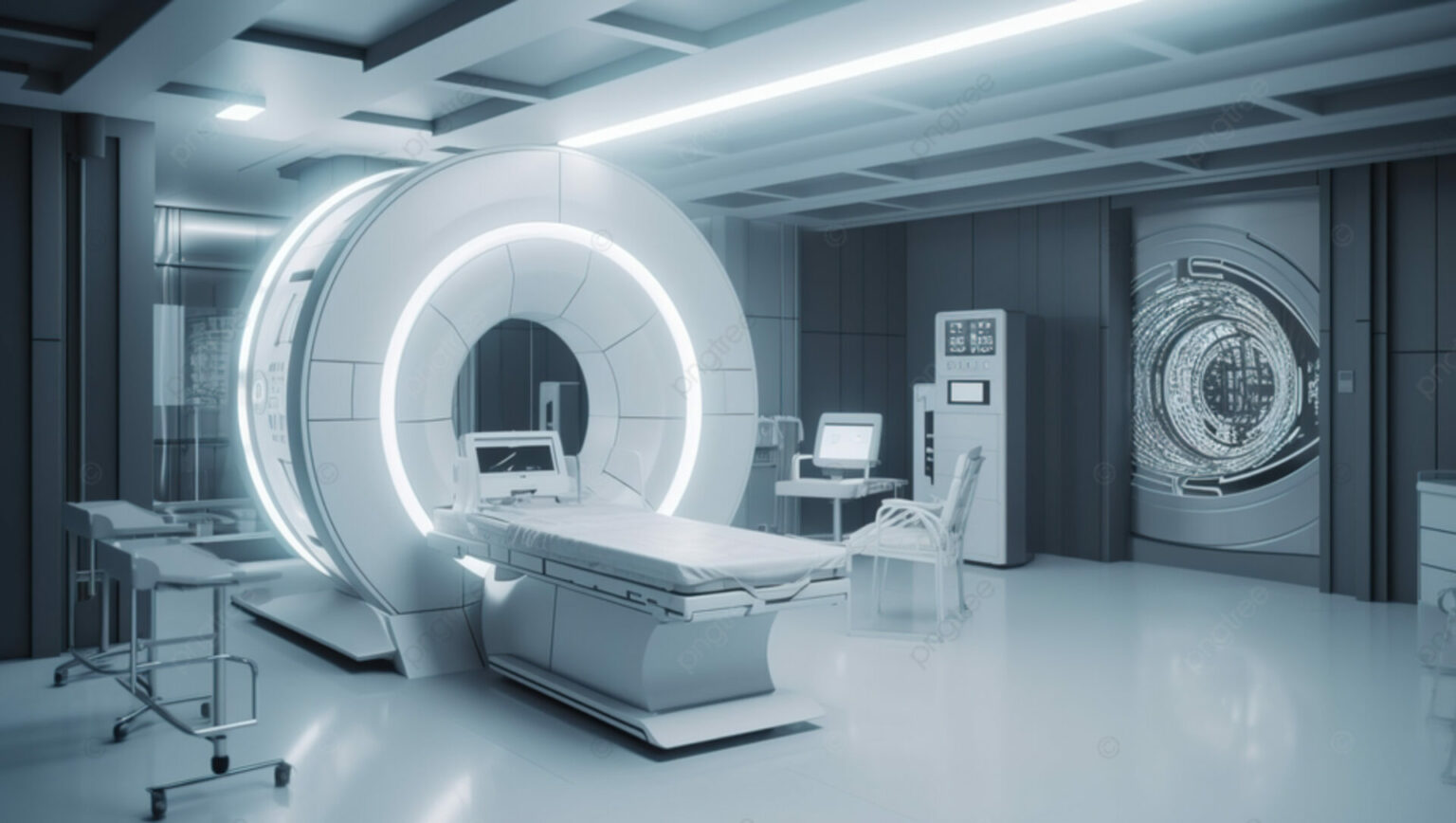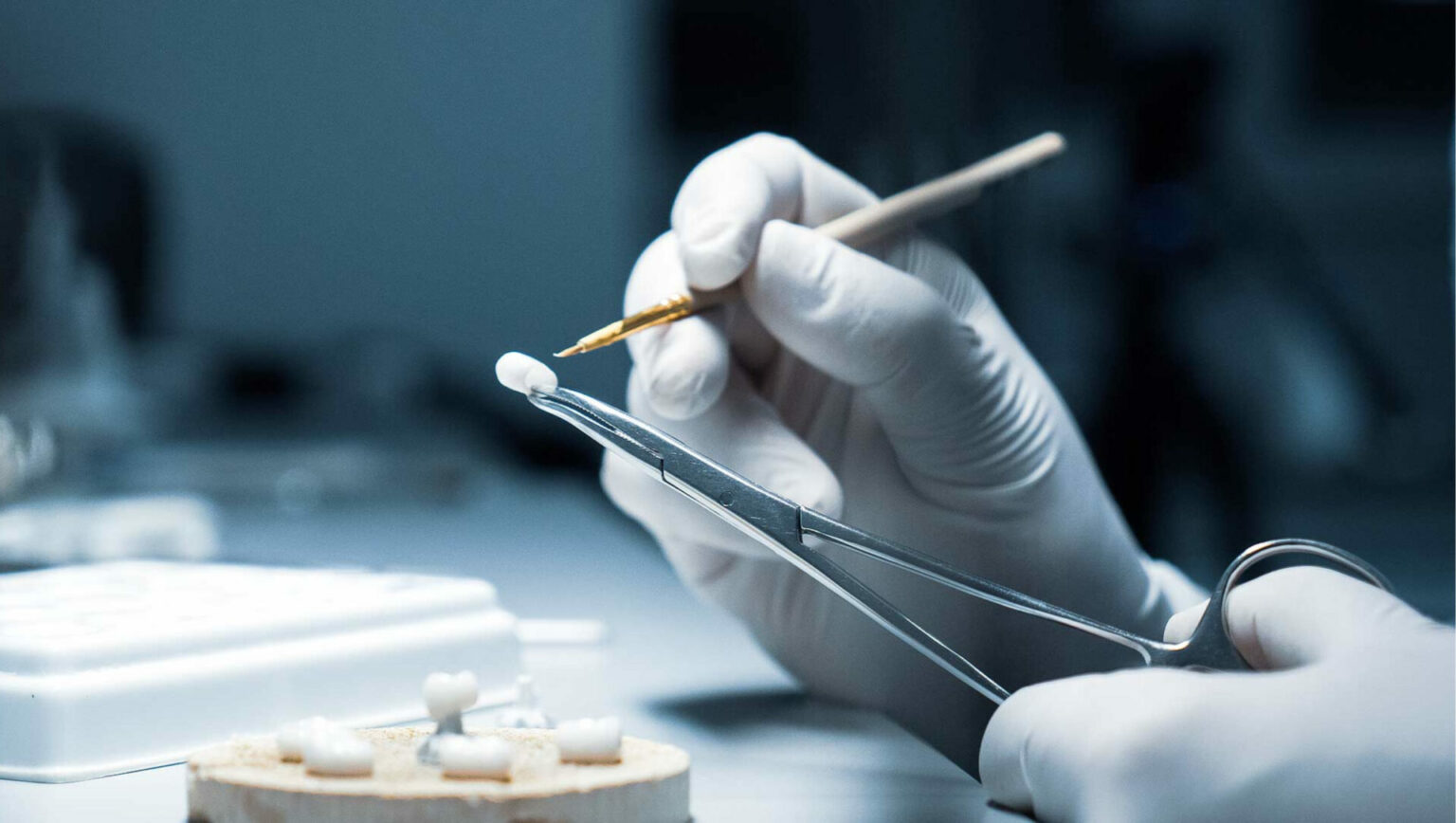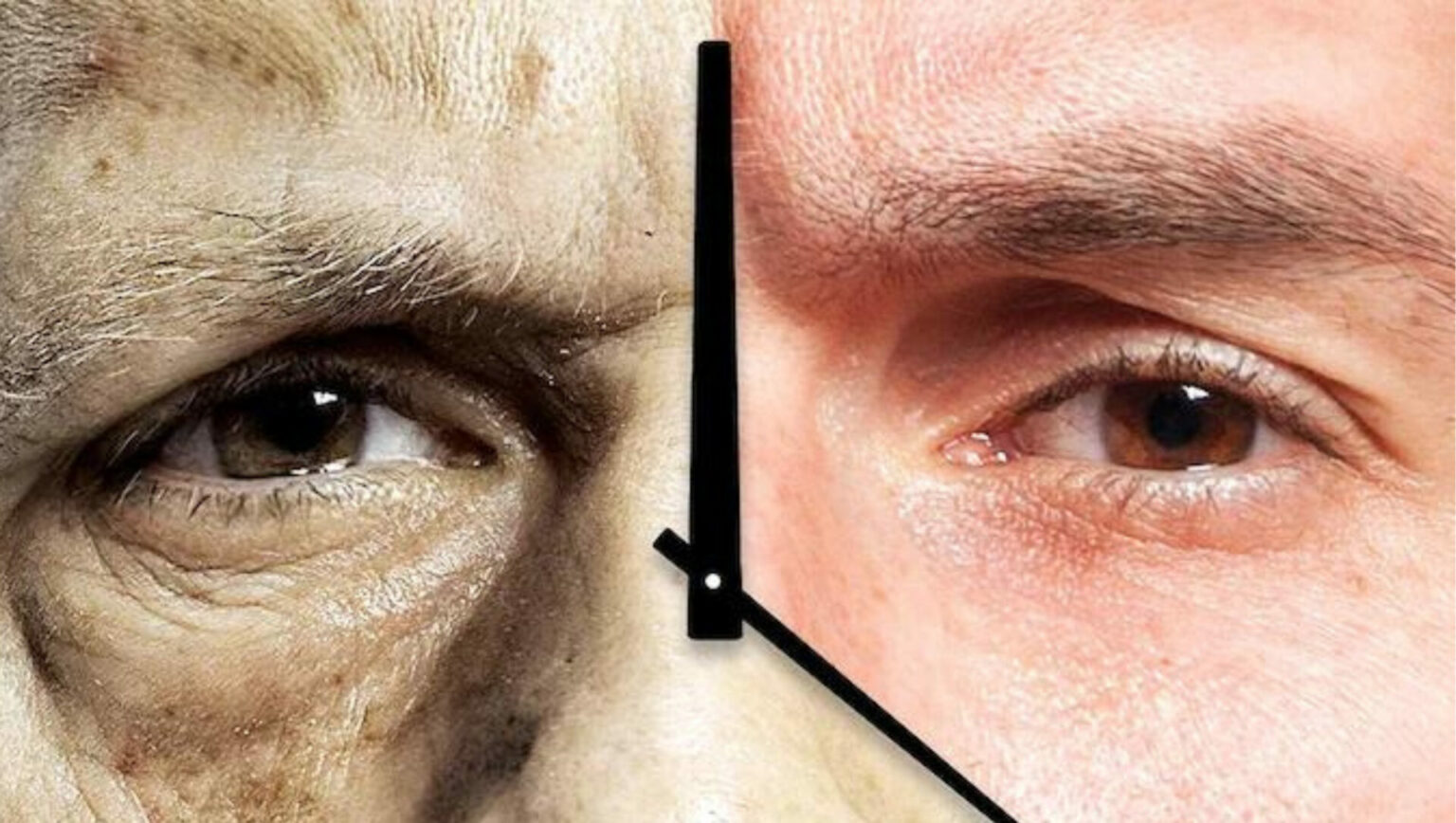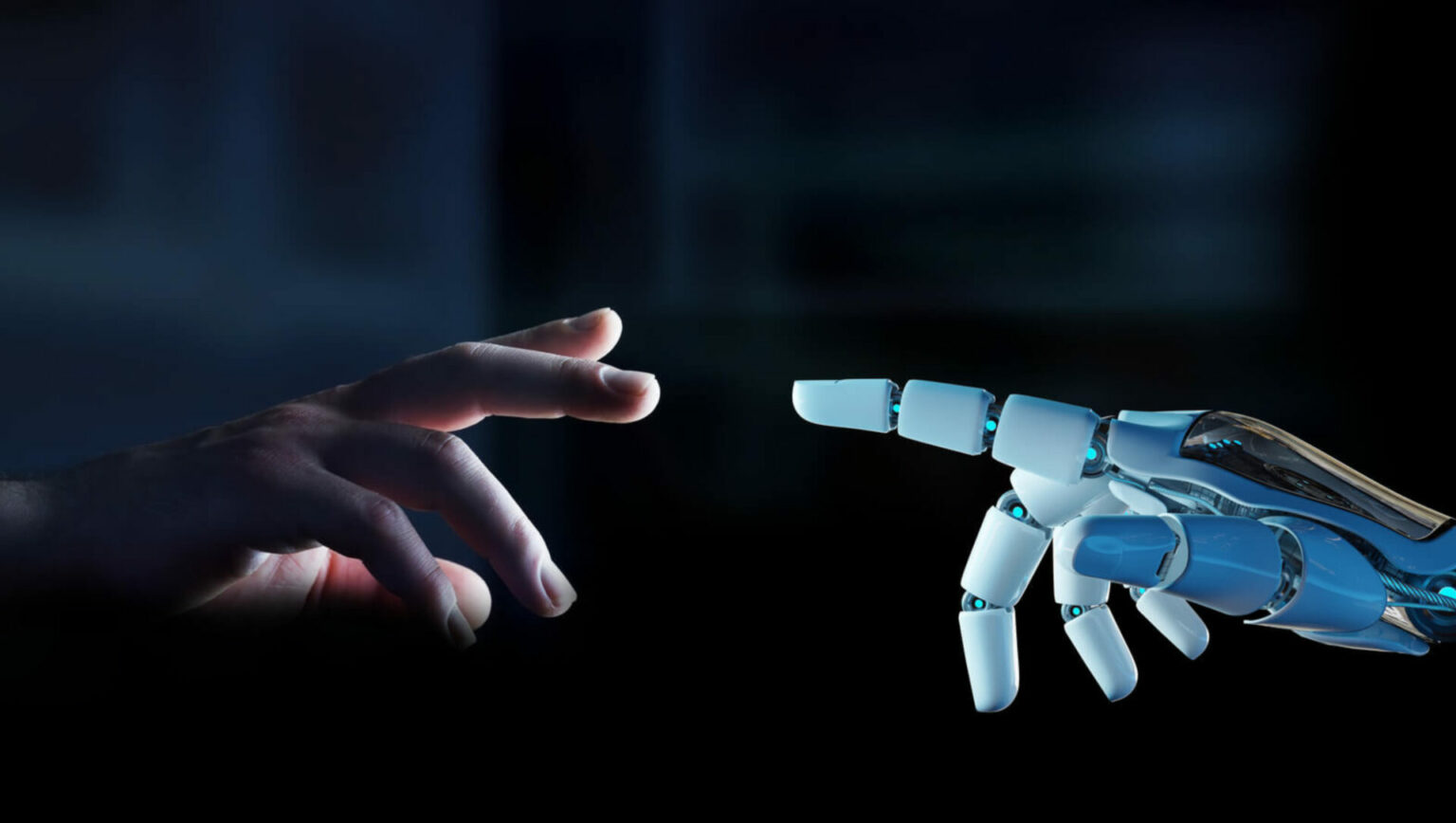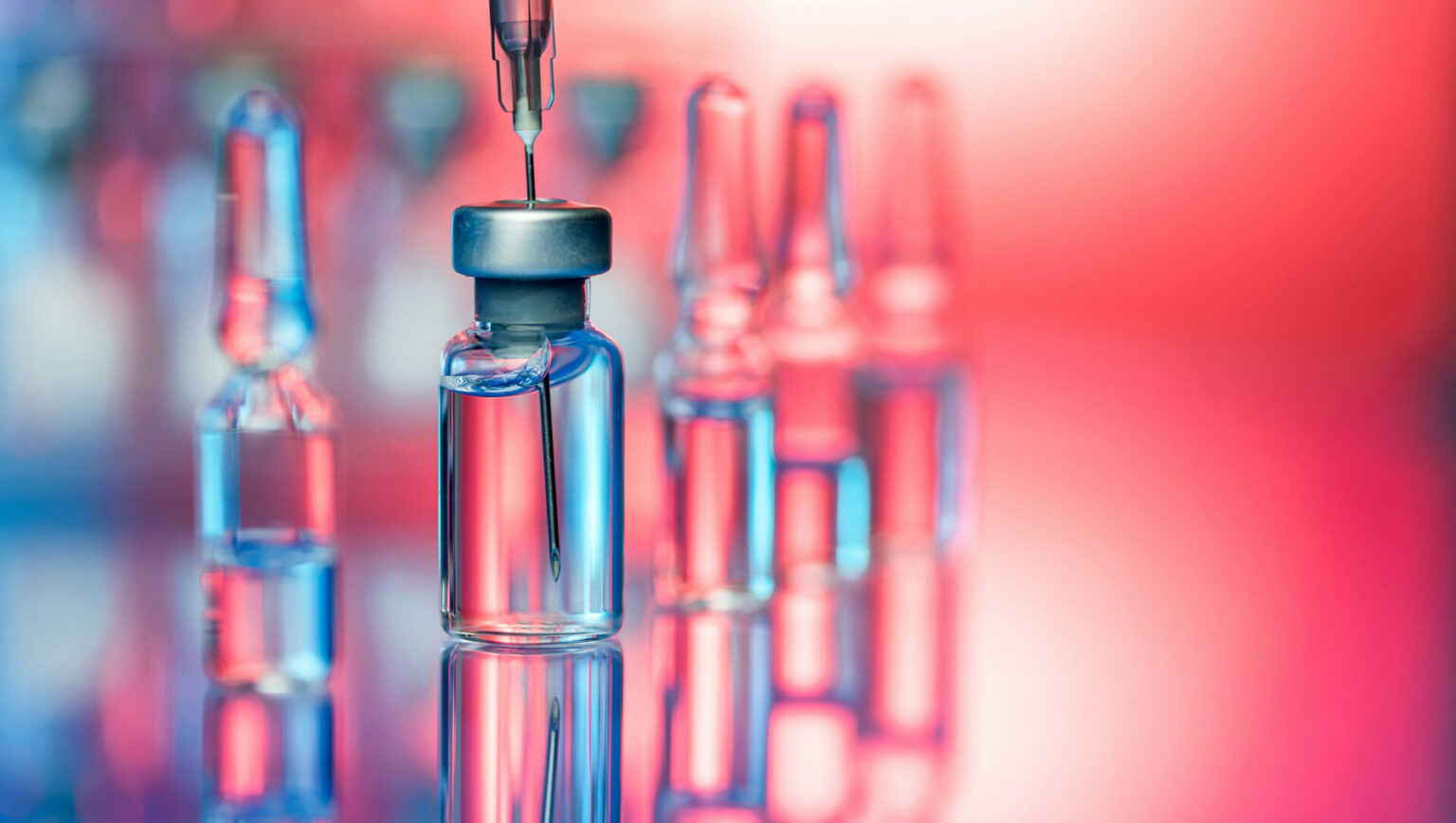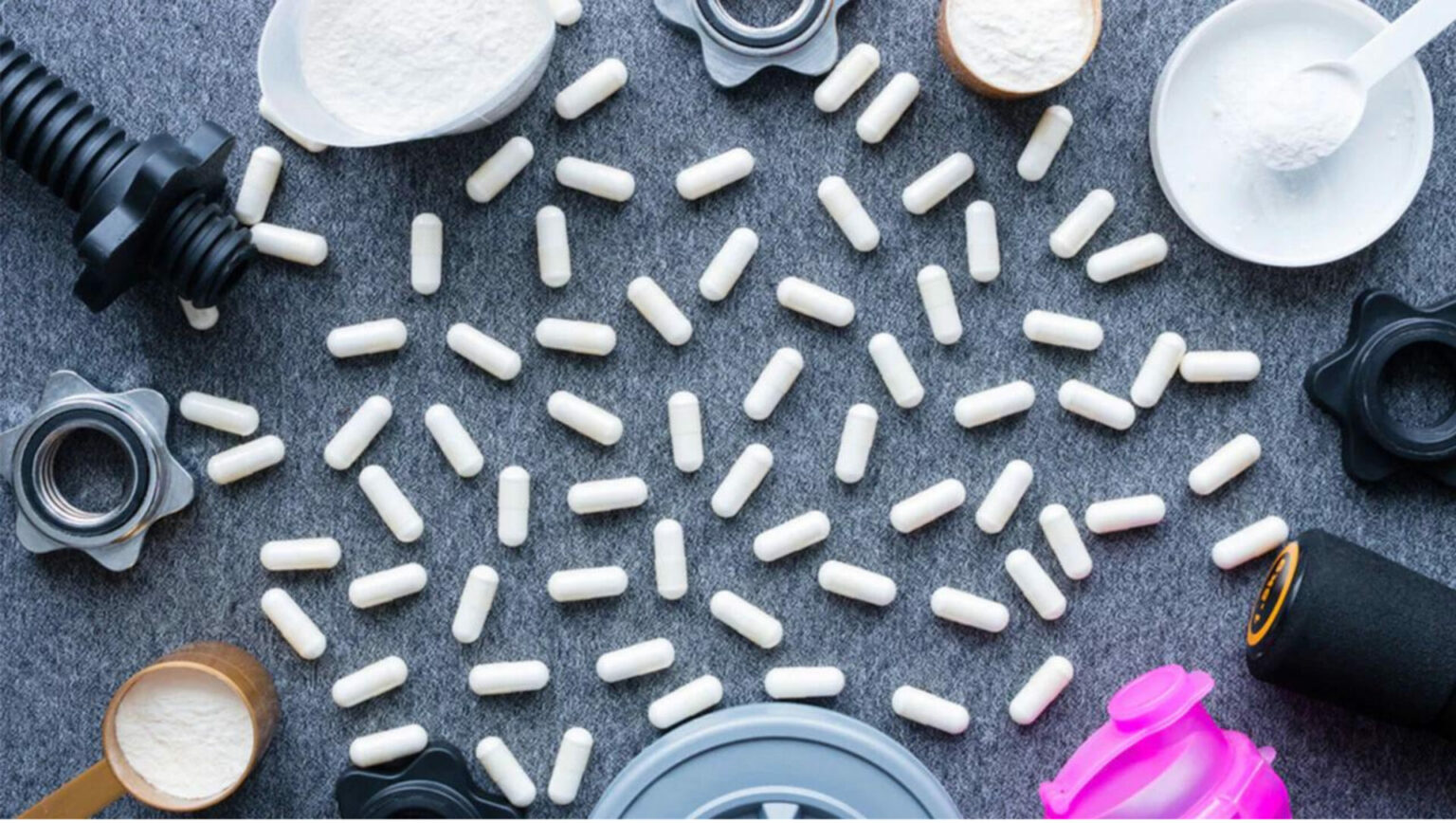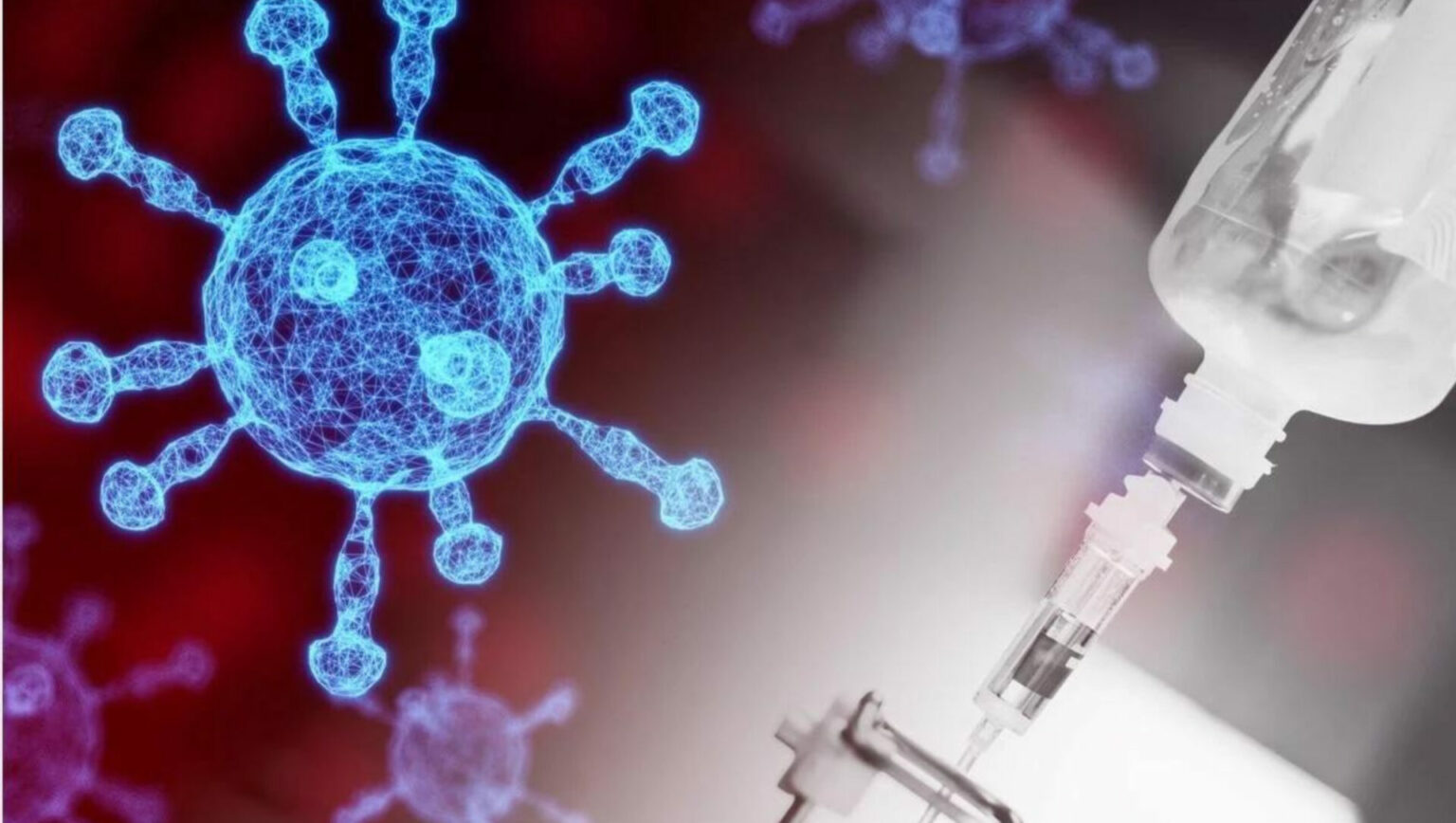Author: Saswata Banerjee
Dr. Saswata Banerjee is a DNA nanotechnologist currently working as a Scientific Consultant at the American Chemical Society. He obtained his PhD from the Biodesign Institute at Arizona State University and pursued post-doctoral research at Columbia University Irving Medical Center in New York. As a scientific reviewer and editor, he is associated with several renowned brands like Editage and Enago. Dr. Banerjee has authored over twenty titles.
Currently, nanoplastics have become a serious issue globally. Nanoplastics are defined as plastic particles with a diameter of less than one micrometer. These tiny, hardly perceptible plastic flecks have the potential to damage the ecosystem, for instance, if consumed by animals. It has proven challenging to evaluate the impact of even smaller particles, which are rarely detectable using standard techniques. Even living cells have the ability to absorb such tiny particles. Now, researchers at TU Wien (Vienna) have succeeded in creating a measurement system that is orders of magnitude quicker than earlier approaches and can even detect individual nanoplastic particles.…
The recent findings of scientists at the National Institute of Standards and Technology (NIST), USA significantly advanced the development of portable MRI technology. The study was published in the journal Magnetic Resonance Materials in Physics, Biology, and Medicine. Magnetic Resonance Imaging or MRI With the use of magnetic resonance imaging (MRI) machines, it is now feasible to identify a wide range of diseases and other ailments. MRI machines can clearly view non-bony portions of the body, including soft tissue like the brain, muscles, and ligaments, as well as detect cancers. However, because of their vast size and high cost, traditional…
Researchers from École Polytechnique Fédérale de Lausanne (EPFL) have made a remarkable advancement in the diagnosis of neurodegenerative disorders (NDDs), including Parkinson’s disease and Alzheimer’s disease, by fusing many cutting-edge technologies into a single system. The study was published in Science Advances. This important technological development has the potential to aid in early NDD detection and monitoring as well as the evaluation of therapy choices at different phases of the disease’s evolution. Challenges in Neurodegenerative Disorder Diagnosis The lack of efficient diagnostic techniques for early detection and tracking of disease development makes treating neurodegenerative diseases extremely difficult. A crucial step…
According to a recent article, a Japanese experimental drug that may revolutionize the dental industry by enabling teeth regrowth is currently moving into clinical trials to perhaps produce the first medicine in history to regrow teeth. It’s likely that dentists’ long-held wish may soon come true. Patients who, as a result of circumstances that arise during birth, have not grown a full set of teeth are eligible to take part in the trial. Anodontia: The disease of No Teeth Anodontia, or the complete absence of teeth, is the medical word for the inherited disorder. The National Organization for Rare Disorders…
The “Fountain of Youth” pill may be created as a result of chemical cocktails that Harvard researchers claim to have found that can reverse ageing. The research was performed by a group at Harvard Medical School, and revealed the first chemical method to program cells to remain in a younger condition. Previously, this could be achieved only with a potent gene treatment. In the July edition of the medical journal Ageing, an article titled “Chemically induced reprogramming to reverse cellular ageing” detailed the findings. One of the study’s authors, David Sinclair, shared the discovery’s history and what he believed it…
According to a recent report from researchers at Auckland, Duke, and Cornell Universities, companion robots improved with artificial intelligence may one day aid in reducing the loneliness epidemic. This amazing hypothesis, put forth by researchers from Cornell, Auckland, and Duke Universities, isn’t just another science fiction story; rather, it’s a sober investigation of how AI can alter how we perceive and address loneliness and isolation. The Loneliness Epidemic The Survey Centre on American Life reports that since 1990, the proportion of Americans who say they don’t have any close friends has quadrupled. A third of the world’s population is thought…
On Wednesday, Dr. Reddy’s Laboratories announced that the US Food and Drug Administration (USFDA) had accepted its biologics license application for its proposed biosimilar rituximab candidate for a substantive evaluation. The United States Food and Drug Administration (USFDA) is a federal organization tasked with preserving and advancing public health through the regulation and oversight of food safety, tobacco, caffeine, dietary supplements, biopharmaceuticals, blood transfusions, prescription and over-the-counter pharmaceutical drugs (medications), electromagnetic radiation emitting devices (ERED), cosmetics, vaccines, medical devices, animal foods & feed, and veterinary products. When a medicine is approved by the FDA, it implies that CDER has analyzed…
Michigan-based medical researchers have created an innovative peptide therapy for NAFLD that have demonstrated remarkable results. The scientists created DT-109, a glycine-based tripeptide that was evaluated in non-human primates and mice. The medicine worked well in both instances to reverse fat accumulation and stop liver scarring. The Laboratory Animal Center at Xi’an Jiaotong University Health Science Center and the Institute of Cardiovascular Sciences at Peking University Health Science Center were part of the multinational team that worked on the project. The study was published in Cell Metabolism. What is NAFLD Up to 32% of persons globally are afflicted by nonalcoholic…
An old antibiotic called nourseothricin may be useful against germs that are drug-resistant, according to recent studies. James Kirby and his colleagues at Harvard Medical School in the United States completed the study, and the results were released in the Plos Biology journal. Nourseothricin is a naturally occurring substance produced by a soil fungus that contains many variations of the complex chemical streptothricin, according to a statement from Kirby’s team. The Old Antibiotic The discovery of nourseothricin in the 1940s raised expectations for it as a potent agent against gram-negative (drug-resistant) bacteria, which are notoriously difficult to eradicate with conventional…
Duping the ultrasmart cancer cells to commit suicide is possible, thanks to a research group in Israel, which recently published this intriguing strategy in the journal Theranostics. The study was conducted by Tel Aviv University professor Dan Peer and Ph.D. candidate Yasmin Granot-Matok. They research successfully delivered a bacterial toxin directly to cancer cells by encoding it into mRNA molecules, prompting the cancer cells to manufacture the bacterial toxin that ultimately killed them. Deriving ideas from Bacterial Toxins and Chemotherapy Over the past ten years, cancer therapy has advanced significantly, bringing novel approaches to suppress cancer cell development by immune…
Contact us:
online@asianatimes.com
Copyright © 2024 Asiana Times. All Rights Reserved








